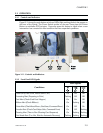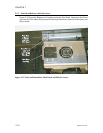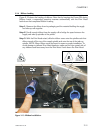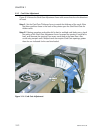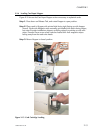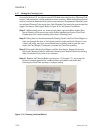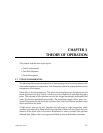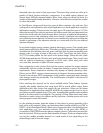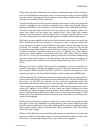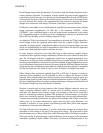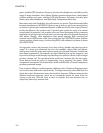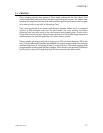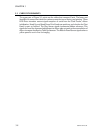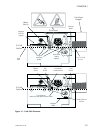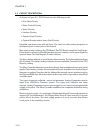Offset printing and Dye Sublimation can produce a substantial range of colors within just
one dot. Color Monitors produce their range of colors using a red, green, and blue (RGB)
three-dot matrix. Scanners and digital cameras employ charge-coupled devices (CCDs)
that capture and deliver RGB components.
Thermal Transfer and most Ink Jet printers produce their range of colors using larger dot
matrixes—typically up to four-by-four or equivalent dots—where each dot color can be a
fundamental (CMY) or the combination of fundamentals (which adds RGB and black).
Therefore, these particular devices limit their dot colors to cyan, magenta, yellow, red,
green, blue, black, and the media color (usually white). Since these colors remain
unmixed, color perception beyond the eight relies on a person's natural tendency to mix
dot color componentswhere associated dots appear toosmall for individual perception.
With eight dotcolors possible, a four-by-four dot pixelmatrix can produce in excessof four
billion combinations ((4
x
4
)
8
). However, as long as the color components remain the
same, the dots in a matrix can be shuffled into any pattern without changing the color
perceived. For example, a matrix containing all-white dots except for one red dot
produces the same shade of pink no matter where in the matrix the red dot lies. Therefore,
a matrix containing n dots can produce each color in n different ways. This makes a
four-by-four matrix capable of producing more than 268 million different shades
((4x4)
8
/16 + white). For monochrome printing, which is the only matrix-based printing
that users might want to apply to a P-Series printer, this same matrix can produce 16
different gray (or other thermal transfer ribbon shades) levels plus white ((4
x
4
)
2
/16 +
white).
Mixing of dot colors in Offset Printing and Dye Sublimation occurs by controlling the
amount of each dye or ink that gets applied to each dot. Mixing in color monitors occurs
from control of RGB intensities. For CRTs (cathode ray tubes) three beams act on the
respective phosphors. For Active Matrix Displays, liquid crystals emit the RGB levels.
Of all the methods, Dye Sublimation produces the best quality printouts, because as is the
case for all P-Series Printers,each dot can have the full range of15-bit color (32 shades per
dye color) at a full 300 dpi resolution. In fact, even with resolutions equal, Dye
Sublimation still holds an advantage over offset printing. Dye Sublimation creates a dot
color by applying varying densities of the CMY dyes. Offset printing creates a dot color by
varying the diameter of the CMYK ink dots, which can make individual dots more
observable and subject to moire pattern generation. Since without magnification no one
can see individual dots at 300 dpi and since each dot results from percentages of YMC
ribbon colors, Dye Sublimation offers card printer users essentially the continuous-tone
quality of photographs.
Moire (typically herringbone) patterns can become a factor when users generate either
print files or hard copy separations for offset printing. Users creating related print files
typically ask the people that do their offset printing which separation angles best reduce
these patterns before risking a distorted result. Many applications offer Print Dialog
options for these settings.
All the non Dye Sublimation print methods work because we naturally mix dot colors that
appear too small for individual perception. To see individual dot intensities or colors, view
the monitor or printed page using an Eye Loup or other such magnifier.
980264-001 Rev. B 3-3
CHAPTER 3



